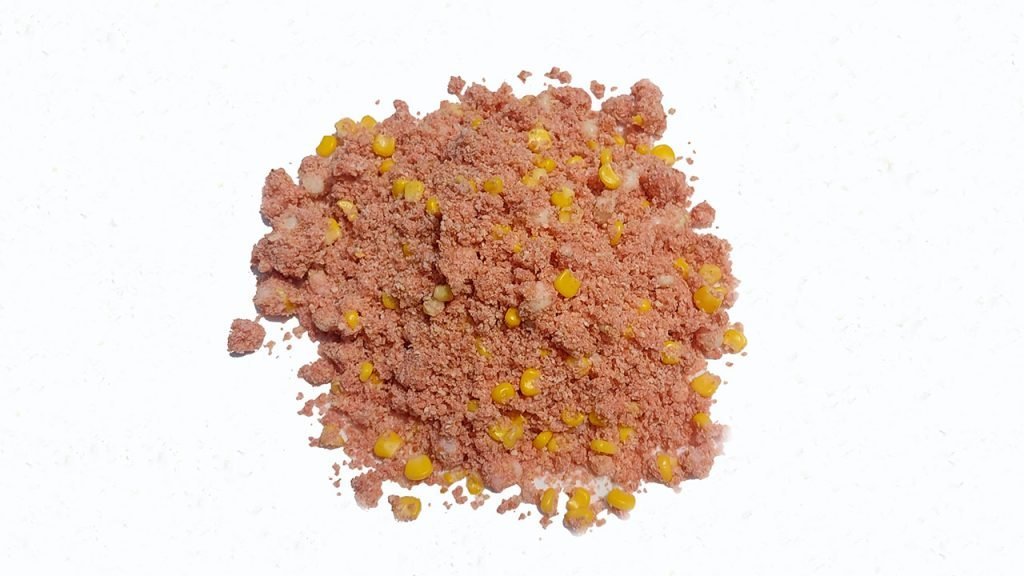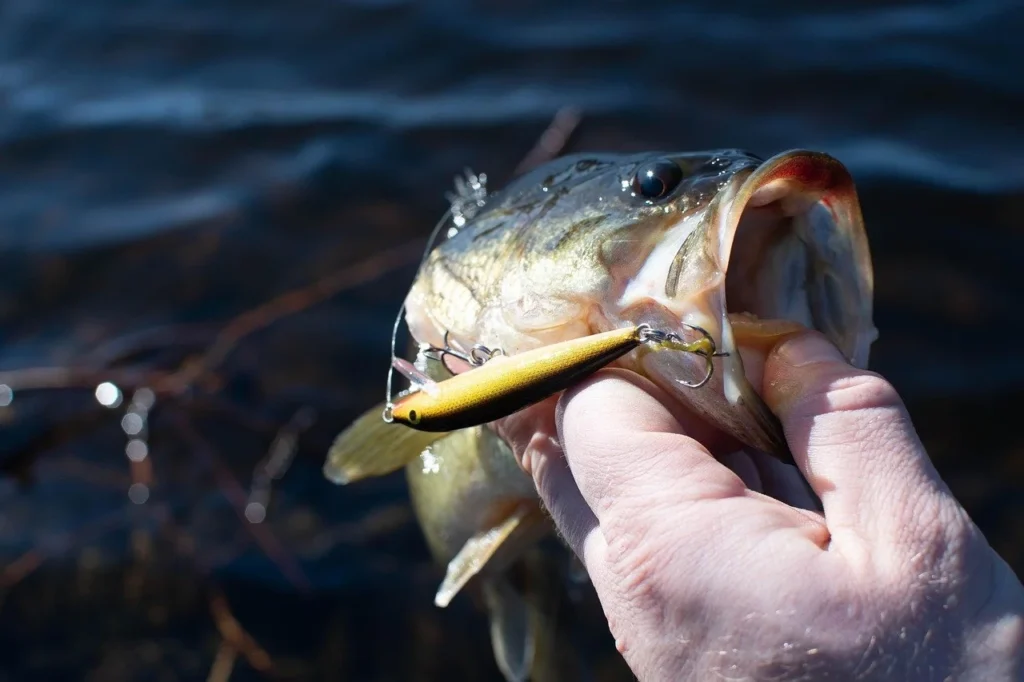7 Proven Techniques to Catch Rainbow Trout: Bait, Spinners & Spoons
Rainbow trout are one of the most popular and fun fish to catch, especially for beginners and seasoned anglers alike. Whether you’re fishing in a lake, river, or stream, these vibrant fish put up a good fight and taste great on the grill. In this post, we’ll go over the best methods to catch rainbow trout using bait, spinners, and spoons like Rooster Tails and Kastmasters. Rainbow trout will go after both live and artificial bait depending on the conditions. Learn how to catch rainbow trout today!
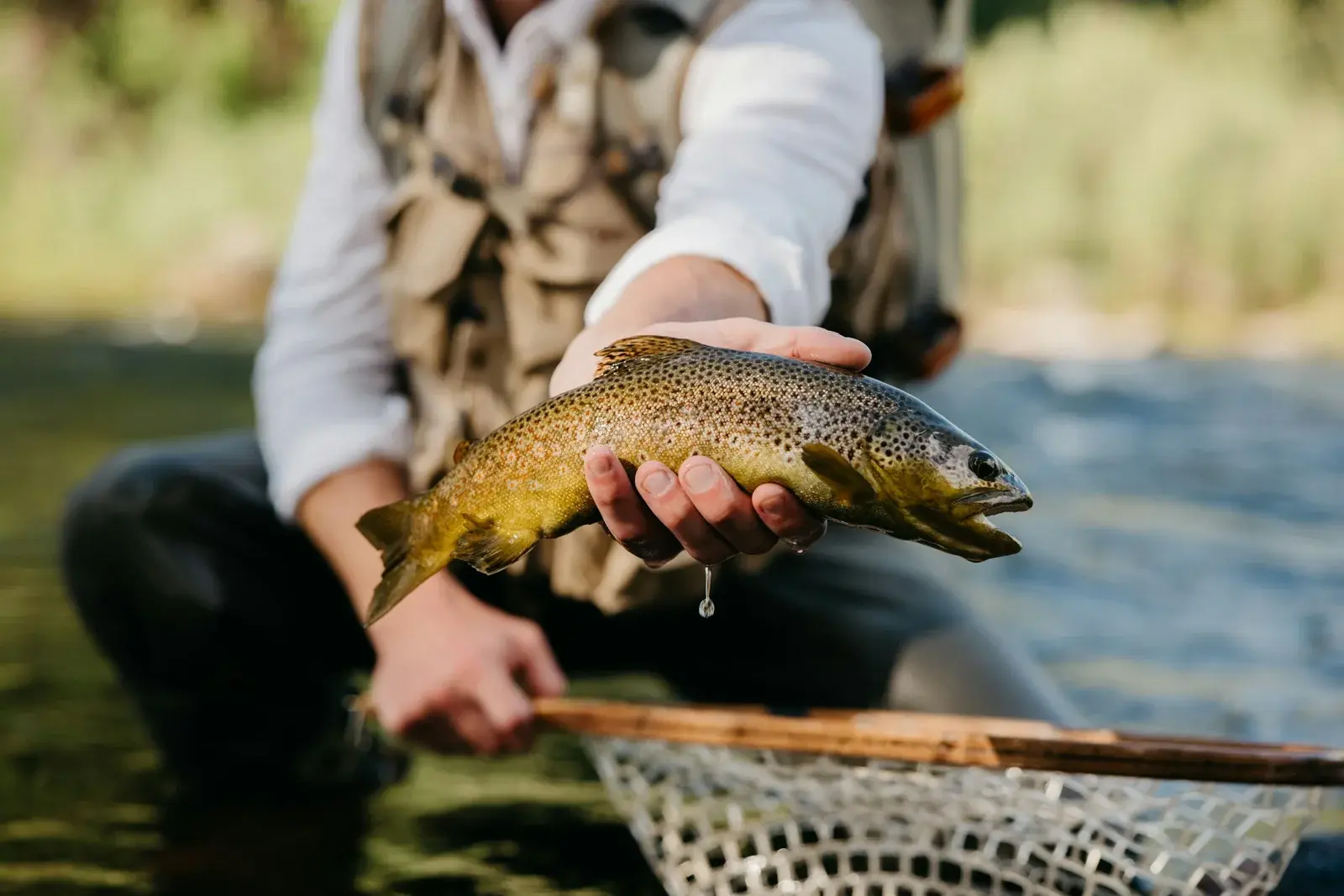
Bait
Worms (Nightcrawlers)
Live worms are a classic for a reason. They’re versatile and work in nearly all water types. There are two main ways to fish them:
- Drifting: Use a small piece of worm on a size 8 to 12 hook and let it drift naturally in the current. Add a small split shot above the hook to keep it down in the strike zone.
- Bottom fishing with a worm blower: A worm blower is a small tool that injects a puff of air into the worm, making it float off the bottom. This is great when trout are cruising near the bottom but not actively feeding on the surface. Use a sliding sinker rig with a light leader and a puffed-up worm to keep your bait just off the bottom and in their line of sight.
PowerBait
For stocked trout, PowerBait is incredibly effective. Mold a small amount onto a treble hook and fish it off the bottom with a sliding sinker rig. Popular colors include chartreuse, rainbow, and garlic-scented options. This works best when trout are hanging close to the lake floor. If you’re trying to catch rainbow trout in stocked lakes, this is often the easiest and most effective choice. Try checking out their website to find new releases of PowerBait on the official Berkley website.
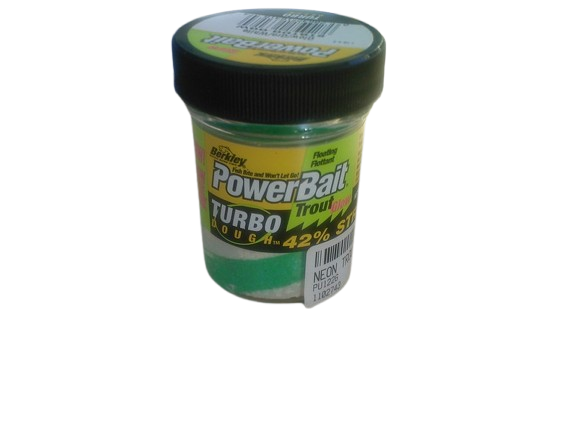
Salmon Eggs
Bright and smelly, salmon eggs are great for rivers and small streams. Use one or two on a small hook, and let them drift naturally with the current. These work especially well after rain or during spawning seasons.
Spinners
Spinners are one of the most effective lures for rainbow trout because they combine flash, vibration, and movement to trigger strikes. Three of the most popular and proven brands are Rooster Tails, Panther Martins, and Mepps.
The good news is they all fish the same way: Cast them out and retrieve steadily, just fast enough to keep the blade spinning. You can add occasional twitches or pauses to make the lure flutter and trigger more bites. These lures work well in both rivers and lakes, and they’re especially effective in clear or lightly stained water. Spinners are ideal when you want to catch rainbow trout quickly in clear water.
Rooster Tails
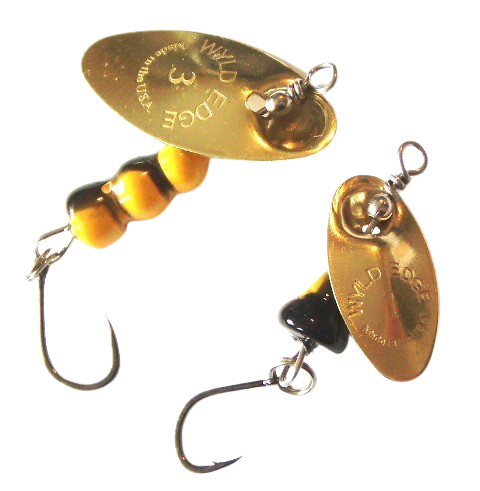
Known for their colorful tails and spinning blades, Rooster Tails are great all-purpose spinners. Use 1/16 oz to 1/8 oz sizes. Popular colors include white, chartreuse, brown trout, and black with a gold blade.
Panther Martins

Buy on Amazon
(As an Amazon Associate, we earn from qualifying purchases. This helps support our site at no extra cost to you.)
When it comes to trout fishing, Panther Martins are my go-to spinners. Their uniquely weighted body and inline blade create a strong, consistent spin that sends out vibrations trout can’t resist. They work especially well in fast-moving water, deep pools, and anywhere trout like to hold.
One of the things I appreciate most is how well they cast, even against the current. I use them in rivers, creeks, and lakes, and they continue to perform no matter the conditions. Whether you’re casting along seams, drifting past undercut banks, or fishing near structure, Panther Martins produce.
Here are a few color patterns that have worked best for me:
- Yellow with red dots for murky or stained water
- Gold blade with a black body on sunny days
- Holographic finishes for clear water and finicky trout
Panther Martins are a staple in my tackle box, and they’ve helped turn slow days into productive ones.
Mepps

Buy on Amazon
(As an Amazon Associate, we earn from qualifying purchases. This helps support our site at no extra cost to you.)
Mepps spinners, especially the Aglia series, are a proven classic for trout fishing. They have a wider blade swing that creates more lift, making them perfect for slower-moving water or calm lakes. The extra flash and vibration are great for triggering strikes when trout are cruising near structure or suspended in the water column.
The dressed versions, which feature squirrel tail hooks, add even more motion and appeal. They can be especially effective when trout are a bit more cautious or when you want to imitate a small baitfish with a bit more flair.
I usually stick with sizes #0 to #2, depending on the size of the stream and the clarity of the water. For color, use gold blades when the light is low or the water is stained. Switch to silver blades in bright conditions or clearer water to get more flash.
Spoons
When rainbow trout are deeper or farther out, using spoons is a proven way to catch rainbow trout efficiently. They produce a flash and wobble that imitates baitfish, making them ideal for covering water and locating fish in lakes or slow-moving rivers.
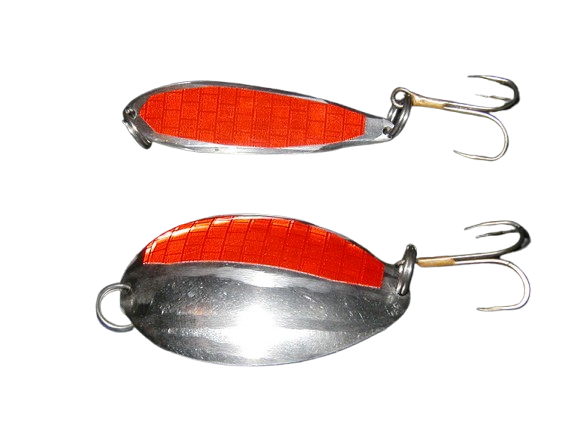
Just like spinners, spoons are fished with a simple steady retrieve. Let the spoon sink to your desired depth, then reel in at a consistent pace. You can vary your speed or add short pauses to let the spoon flutter — trout often strike as it falls. Spoons are especially effective in windy conditions or when trout are suspended in deeper water.
Kastmasters

Buy on Amazon
(As an Amazon Associate, we earn from qualifying purchases. This helps support our site at no extra cost to you.)
Kastmasters are compact, heavy spoons that cast a mile. They have a tight, flashy wobble that works well in both clear and stained water. Popular colors include gold, silver, and blue/silver. Use 1/8 oz to 1/4 oz for trout. You can check out the entire Kastmaster catalog HERE on their website.
Little Cleos

Buy on Amazon
(As an Amazon Associate, we earn from qualifying purchases. This helps support our site at no extra cost to you.)
Little Cleos have a wide, fluttering action that mimics an injured baitfish. They’re especially effective in lakes and ponds where trout are chasing bait. Go with classic silver, gold, or rainbow trout patterns, and sizes around 1/8 oz for most situations.
Thomas Buoyant

Buy on Amazon
(As an Amazon Associate, we earn from qualifying purchases. This helps support our site at no extra cost to you.)
These spoons are lightweight with a unique wobble that stays in the strike zone longer. They shine in stillwater or slow current. Try firetiger, gold/red, or copper for stained water and bright days.
Best Places to Catch Rainbow Trout
If you’re looking to put these tips to use, rainbow trout can be found in a wide variety of waters across the U.S., especially in cooler regions. They’re stocked in many public lakes, reservoirs, streams, and rivers during the spring and fall months. Here are a few great types of locations to check:
- Lakes and Reservoirs: Stocked rainbow trout are commonly released in community fishing lakes and state reservoirs. Look near boat ramps, fishing piers, and shallow coves early in the season, then move deeper as the water warms.
- Mountain Streams and Rivers: Natural populations thrive in cold, fast-moving streams with rocky bottoms. These areas offer great opportunities for drifting bait or tossing spinners into pools, riffles, and undercut banks.
- Stocking Locations in Colorado: If you just so happen to be fishing in Colorado, check out Colorado Parks & Wildlife for their trout stocking reports. They regularly update a list of stocked waters across the state, including places like:
- Clear Creek
- Boulder Creek
- Georgetown Lake
- St. Vrain State Park ponds
- Eleven Mile and Spinney Reservoirs
Be sure to check local regulations for size and bag limits, and whether certain waters are catch-and-release only. Most states have interactive maps or stocking reports online that can help you plan your next trip. In order to catch rainbow trout consistently, knowing where and when they’re stocked is key. If you plan on going trout fishing soon, check out our fishing license page to check local regulations and also get your fishing license!
💡Takeaways
- 📌Drift live worms in currentUse a size 8–12 hook with a split shot to drift nightcrawlers naturally near trout cruising lanes.
- 📌Float worms with a worm blowerInject air into the bait to suspend it off the bottom—trout often pick up floating worms more readily.
- 📌Use PowerBait for stocked troutMold chartreuse, rainbow, or garlic PowerBait onto a treble hook with a sliding sinker rig near lake bottoms.
- 📌Drift salmon eggs in streamsLet one or two bright eggs drift naturally—especially effective after rain and during spawning seasons.
- 📌Retrieve spinners steadilySpinners like Rooster Tails, Panther Martins, and Mepps trigger strikes with flash and vibration—use a steady retrieve with twitches.
- 📌Cast spoons for deep or distant troutLet spoons like Kastmasters sink, then reel steadily or add pauses so they flutter and mimic baitfish.
- 📌Vary spoon types by conditionUse gold/silver Kastmasters for distance, Little Cleos for flutter in ponds, and light Thomas Buoyants in still water.
- 📌Track trout stocking locationsCheck local stocking reports—Colorado angler favorites include Clear Creek, Boulder Creek, Georgetown Lake, and St Vrain ponds.
FAQ
What time are trout most active?
Trout are most active during early morning and late evening, especially when the light is low and the water is cooler. Overcast days can also keep them feeding longer into midday.
What is the best bait for trout fishing?
The best bait depends on conditions, but for stocked trout, PowerBait is a top choice. In natural waters, worms and salmon eggs are reliable favorites. Worms can be especially effective when fished off the bottom with a worm blower.
What is the best method to fish for trout?
It depends on where you’re fishing. In still water, bottom fishing with bait works great. In rivers or streams, drifting worms or casting small spinners like Rooster Tails or Panther Martins is very effective.
What is the best month to fish for trout?
Spring (March to May) and fall (September to November) are the best months. During these times, the water temperature is ideal and trout tend to feed more aggressively.
Is trout fishing difficult?
Trout fishing can be simple with the right gear and technique. Stocked trout are usually easy to catch, while wild trout may require more patience and stealth. Light line and a natural presentation make a big difference.
Are trout in deep or shallow water?
Trout can be found in both. In cooler months or early mornings, they may be in shallower water. When the sun is high or during hot weather, they often move to deeper, cooler areas.

